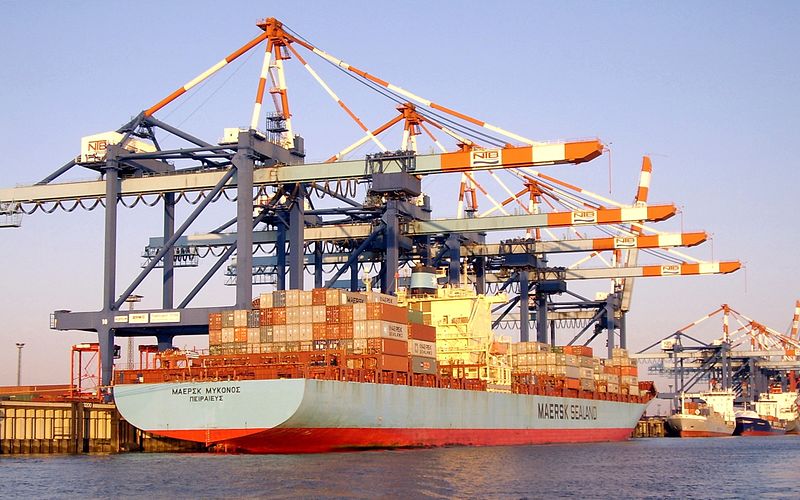BIHAR
ECONOMIC SURVEY 2017-18
After placing the state's 12th Economic Survey Report on the
House, Finance Minister Sushil Kumar Modi told that Bihar is constantly moving forward in the economic sphere. The
state's gross domestic growth reached 10.3% in 2016-17, which was 7.5% during
2015-16.
It is estimated to be 10.5% during the year 2017-18.
This national growth rate is more than 7%. During the last
five years, the state's average growth rate is more than 10%. There are mainly two
reasons behind maintaining the growth rate in two digits. First, capital
investment in the public sector and second, along with improving the many
critical points of the economy-related parameters,
Together, there is a fundamental improvement in the agriculture
sector. Due to political stability, the state has been strengthened at the
economic level.
Talking about the growth rate of the last decade, between
2004-05 and 2014-15 the state's income has increased at an average annual rate
of 10.1%. It is the biggest indicator of economic strength.
This economic reinforcement has also seen direct impact on
per capita income. Per capita income of the state was 31.6% in the year 2015-16
compared to the national average, which increased to 32.4% in 2016-17. It has
registered an increase of one percent. During 2011-12, per person income was Rs
29,178, which increased to Rs 38, 546 in 2016-17.
Similarly, State Gross Domestic Product (SGDP) was 3 lakh 32
thousand crores in 2011-12, which increased to 4.88 thousand crores during
2016-17. During the last five years between 2011 and 2016, the state has
registered an increase of 67.5% in the field of mining, 25.9% in manufacturing,
transport, storage and communication in the area of 13.5%.
In all these areas, the growth rate has been registered more
than 10% continuously.
State revenue surplus state for five years
Talking about financial health, it has been making a revenue
surplus (revenue surplus) for five consecutive years. Revenue surplus is
considered an indicator of better financial management. That is, the state has
more expenses including salary, pension, capital expenditure
Compared to it, revenue receipts and debt get more money.
The Finance Minister said that whatever the state government is taking, he is
only spending on development works, While before 2005, the government took
loans to pay salaries and pension. In the year 2016-17, the gross fiscal
deficit has increased by 4,418 crores, while the 2015-
During the 16th, there was an increase of just 883 crore
rupees. In addition to the development plans, basic infrastructure building,
administrative and social spending has increased, due to the increase in the
current financial year 2017-18, it is estimated to reach 18 thousand 112 crore.
During the year 2016-17, the state had a debt of 21 thousand 577 crore,
Which is three thousand 194 million more than the previous
year.
Other key points of economic survey
- Expenditure on development schemes in the state increased
to 79% in 2016-17, compared to 2012-13. Revenue expenditure in development
works increased from 35, 817 crores to 64, 154 crores.
- In this period less expenditure was incurred against
development expenditure on non-development works.
It cost only 47%, which increased from 23 thousand 801
million to 34 thousand 935 million.
27% (5739 crores) spent in most energy sector in development
works After this, 25% (5326 million) roads and bridge construction, 08% (1796
crore) irrigation and flood control work were spent. In the social sector,
three thousand 592 crores were spent, Out of which 24% were spent on 32%
improvement in health, water supply and sanitation and 30% in educational
structures
